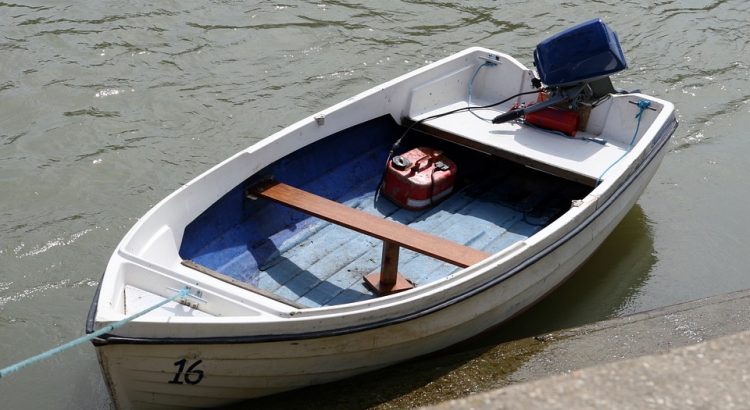Small boats are watercraft that are equipped with engines of less than 75 horsepower. This category includes non-self-propelled and sailing units, the power value of which is regulated by register units. They should be no more than 80 tons with a gross tonnage of less than 10 registers. In addition, this group of objects includes rowing boats, kayaks and inflatable boats, the carrying capacity of which is 100–225 kg.
Small vessels are engineering structures that are focused on the transportation of cargo or a certain number of passengers. The options under consideration are intended for hiking, sporting events and fishing. Often such floating means are used in the spheres of the national economy, for example, in the Volga and Siberian regions.
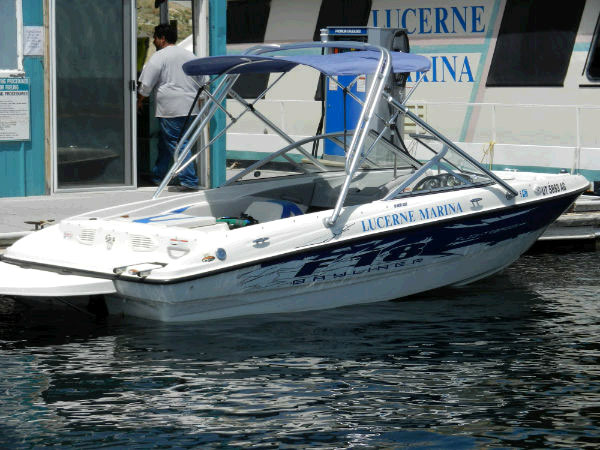
On vehicles use mounted, airborne or stationary units. In addition, a motor can be operated on sailing yachts, which is necessary for a ship in difficult weather conditions. The basic rules apply to all watercraft classified as fixtures with mechanical power plants.
Classes of small boats
These watercraft can be divided into the following categories:
- Displacement that is kept afloat thanks to the Archimedean law. It is based on maintaining the boat on the water due to its mass equal to the volume that is displaced by the swimming means. The speed of such instances is lower than analogues.
- Gliders. Such small objects in a stationary state can keep afloat due to displacement and supporting force. With increasing speed, gliding models perform maneuvers due to the dynamic lifting force generated in the flat compartments of the bottom.
Small classes also include all classes of motor boats, home-made boats with low-power stationary or outboard engines, pleasure boats that plan in a displacement mode:
- Boats are the most common small boats that are equipped with a stationary power unit. Swimming facilities are used for walking, and can also be used as special vessels.
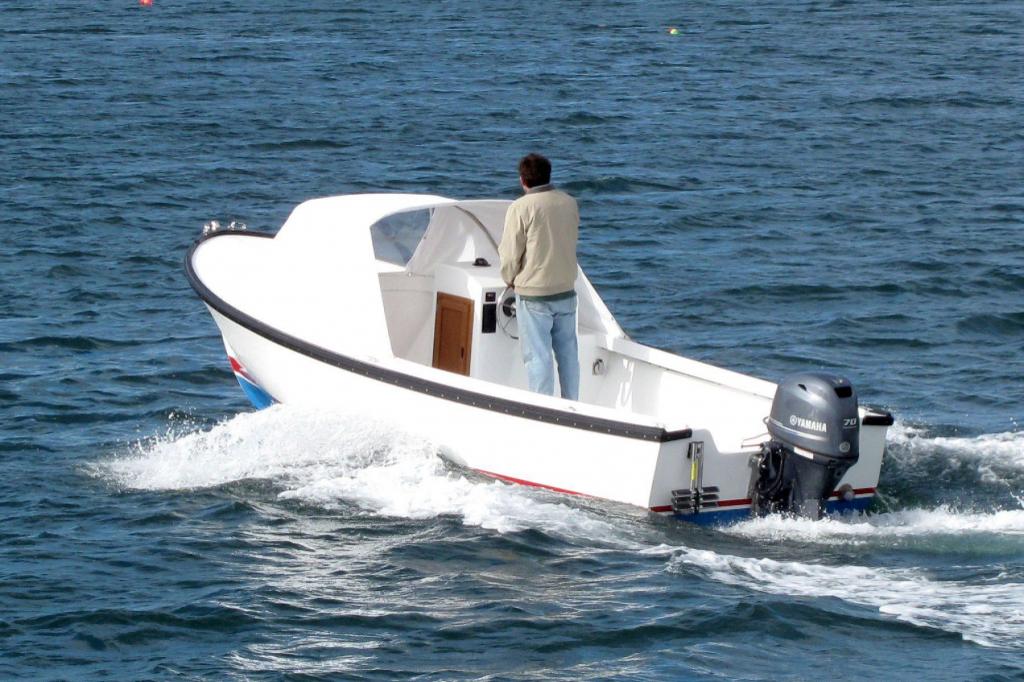
- Boats are a type of rowing boat with outboard motors. They are used to save people, complete special missions and transportation tasks. Depending on the purpose, such small vessels are classified as working, rescue, recreational and transport class.
- Yachts are motor-sailing or sailing vessels with different displacement and intended for tourism, recreation and sports.
Small boat management rights
The operation of the considered group of watercraft is allowed only after their registration in the ship's book, technical inspection and registration marks. Survey allows you to establish the maximum power of the vessel, its displacement, carrying capacity, draft and profile purpose. The side of the boat should be equipped with all necessary safety devices, signal lights, fire fighting equipment and navigation equipment.
State registration is carried out by the relevant control authorities. Persons who have passed the relevant exams for the right to drive this category of transport are entitled to manage small swimming facilities. Water transport without navigational conditions is used taking into account right-hand traffic.The nominal speed of movement within settlements and the berth of vessels are regulated by the inspection for small vessels, taking into account the norms of current legislation.
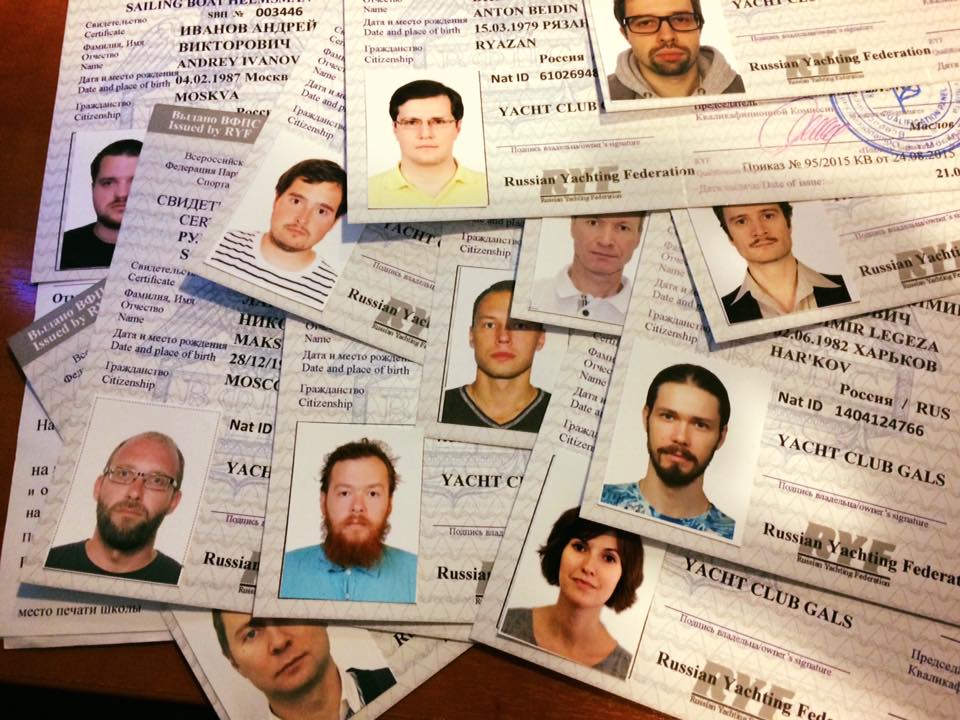
What actions does obtaining rights mean and what is forbidden to do?
The right to operate small vessels allows a citizen to operate the vessel for its intended purpose. The following is prohibited during the maintenance and operation of such products:
- Convert vehicles without special permission.
- Use a vessel that has not passed the appropriate registration.
- Transfer control to a person who does not have the right to control this category of swimming equipment.
- Drive a boat while intoxicated or intoxicated.
- Exceed speed rating mode.
- Enter without permission in closed swimming areas.
- Damage with identification marks or other sides.
- Maneuver in the water area of a mass of people and beaches.
Passing the exam and obtaining rights
To obtain documents for managing a small vessel, you need to study at a skipper in special educational institutions. Sailing without the rights to a small boat can be a rather expensive pleasure, since a high fine is imposed for this.
Despite the requirements of the law, you can get rights without training. To do this, you just need to pass exams and collect the necessary documents. Examinations are taken externally in units of the GIMS EMERCOM of Russia. This option is the most simplified and cheap. To obtain rights to a small vessel, you should contact the chief regional inspector of GIMS by writing a statement in his form in his name.
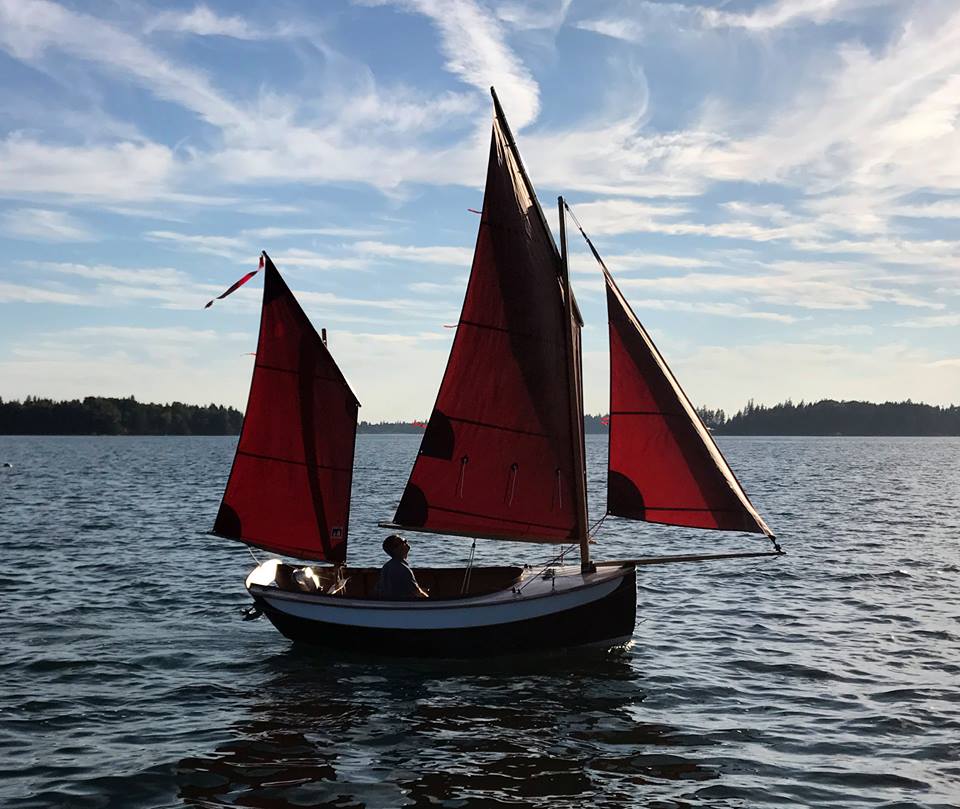
Terms of receipt
A certificate for the right to steer a small boat is necessary under the following conditions:
- boat motor power is more than 8 kW;
- the weight of the entire set, including the motor and the craft, is more than 200 kg.
Such conditions require state registration of a swimming facility. Accordingly, a certificate is required with the coupon attached to it, testifying to driving skills.
The document includes the following information:
- information about the owner;
- area of possible navigation - inland non-navigable water bodies or sea lanes;
- categories of swimming facilities to which this right applies - sailing vessels, motor boats, boats, jet skis.
So, the main condition in order to get the rights to small vessels is passing a practical and theoretical exam, to which people who have reached the age of 18 and have passed the medical examination are allowed. The certificate is issued based on the results of a theoretical exam. During the practical skills exam, a ticket for the right to move in the indicated category of waters is issued.
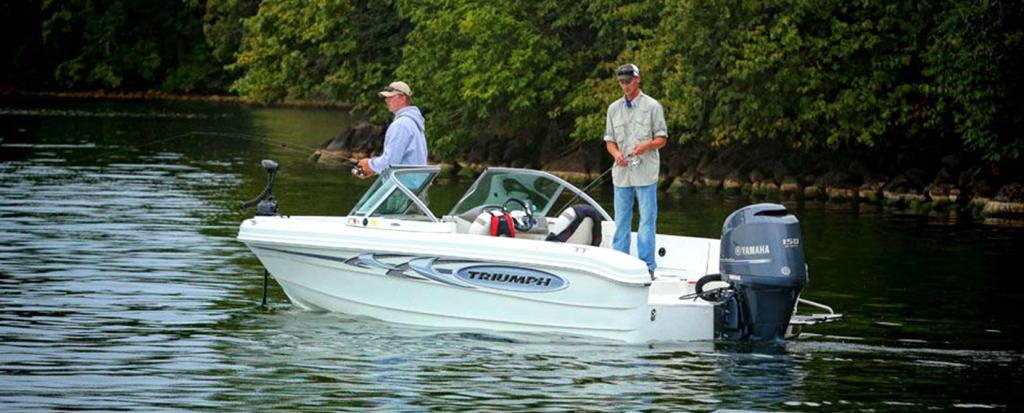
Step-by-step instruction
Obtaining rights to small vessels is carried out according to the following procedure:
- Submission of an application to the local department of gims.
- Making a payment and setting a training period, including practical and theoretical training.
- After training, which lasts approximately 1.5 months, an exam is assigned.
- If the student fails the exam, it can be retaken after 7 days.
- Upon successful completion of the theory, rights to a small vessel are made within 10 days.
Testing of practical skills is carried out by the state inspector during the navigation period. Its implementation is possible only after all the above actions.
Responsibilities of the State Inspector
A state inspector who checks the practical skills of a certified person is required to:
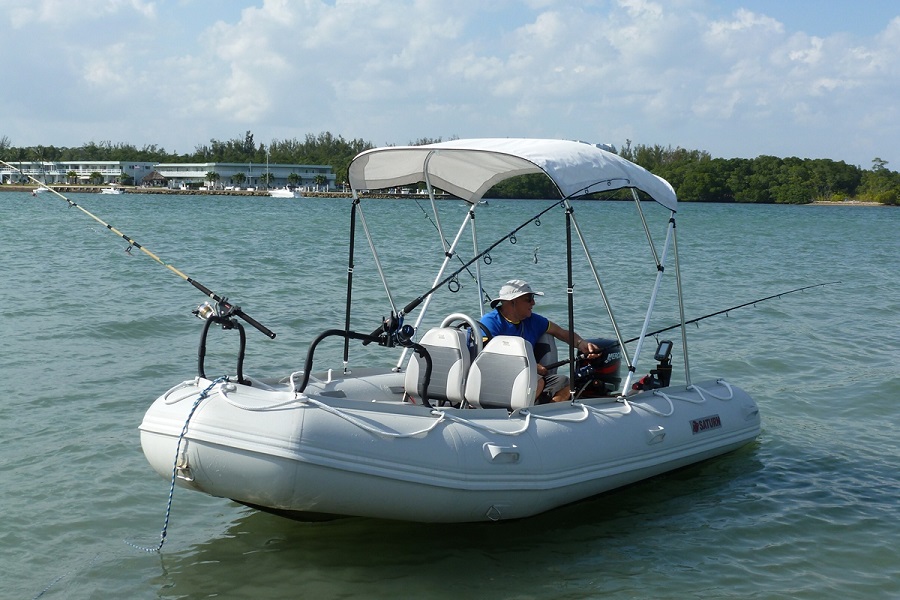
- check the personal card of the examinee;
- to check the suitability for operation of the floating means, the availability of rescue equipment;
- conduct briefing and task setting;
- be on board the vessel and monitor the actions of the examinee, their correctness and sequence;
- to suspend from the practical delivery of standards if critical errors are present;
- to issue the results of the check.
List of required documents for the procedure
Along with filling out an application and a personal card, in order to obtain rights to a small vessel, you must submit the following documents:
- a copy of the applicant’s passport;
- medical certificate;
- receipt of payment of state duty;
- color photographs in 3x4 cm format (3 copies).
If available, you can submit a copy of the diploma or certificate of completion of courses or the appropriate educational institution confirming the navigational specialty.
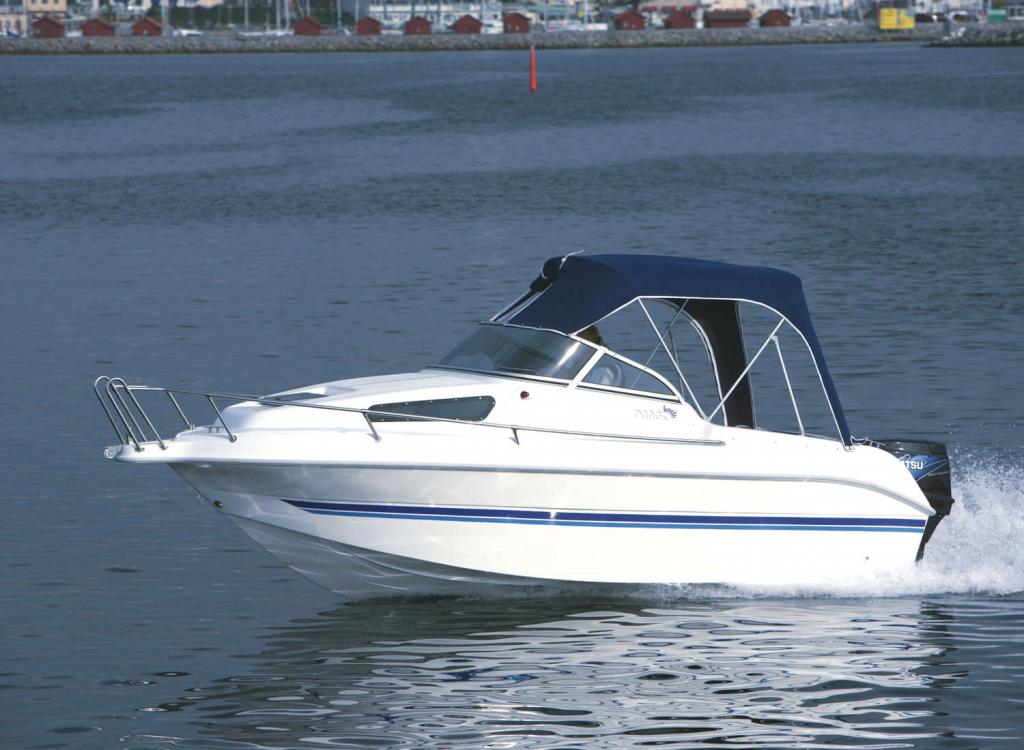
Punishment for lack of rights
The legislation provides for administrative responsibility for driving a swimming facility without the right to a small boat. The size of the fine is 1 thousand rubles.
Penalties are those who control swimming vehicles, the motor power and the mass of which is subject to state registration. The category of the reservoir within which the navigation is carried out is also taken into account.
